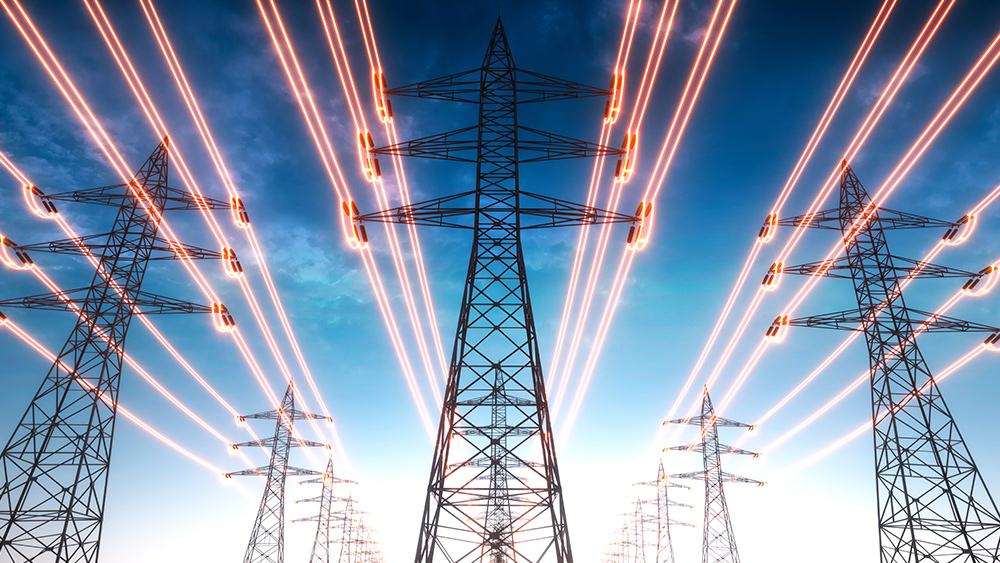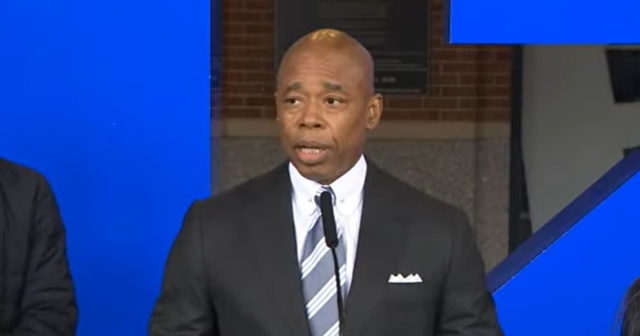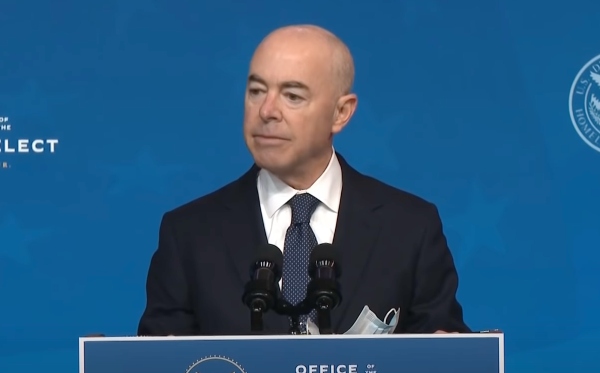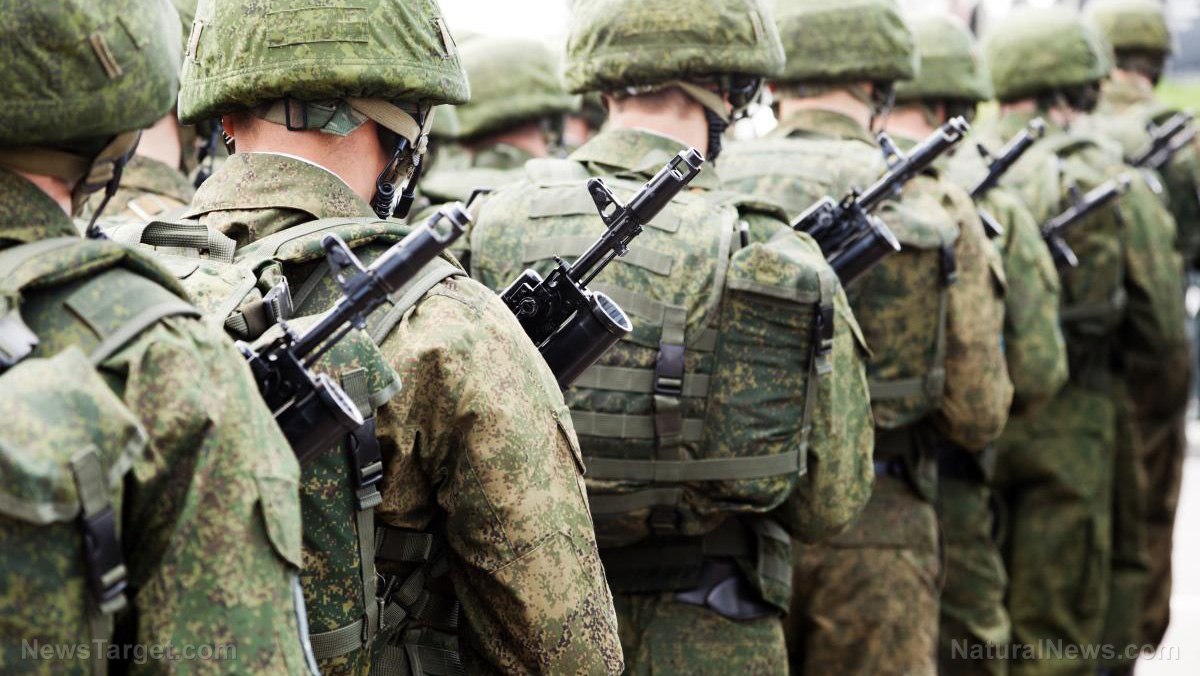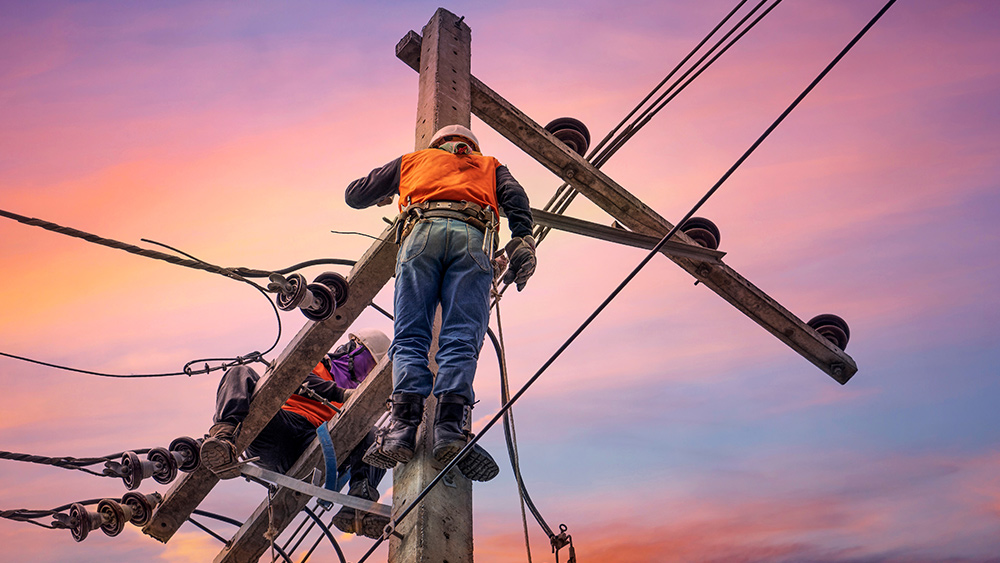Texas electricity grid BARELY produced enough energy to meet demand during Winter Storm Heather in January
02/18/2024 / By Zoey Sky
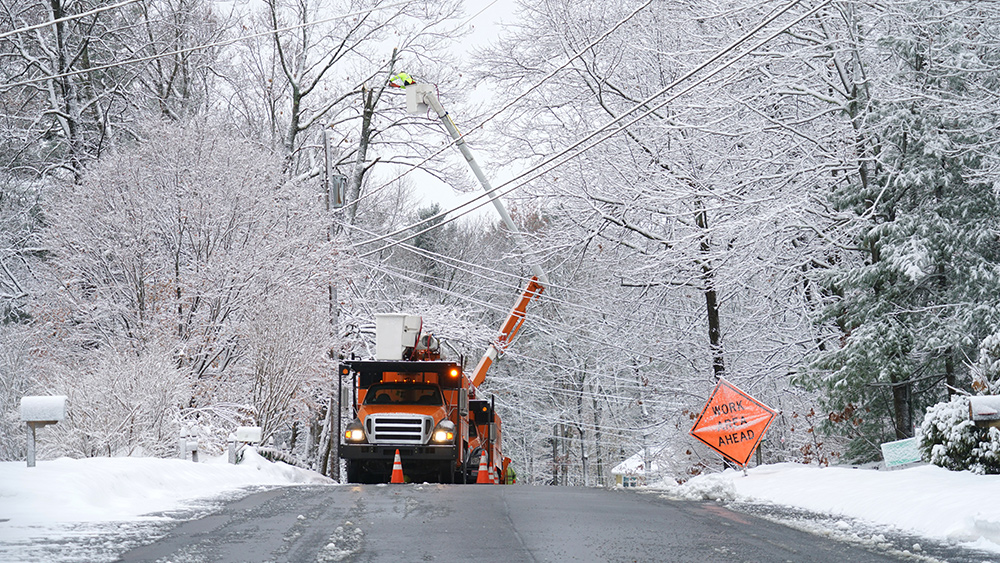
The Texas grid was barely able to produce enough energy to meet the demand during Winter Storm Heather from Jan. 13 to 16.
Improvements have been made to the reliability of natural gas generation since Winter Storm Uri in February 2021. These updates have all helped prevent another grid collapse. But Texas was also lucky because Heather was not nearly as bad as Uri was in 2021.
During the 2024 storm, Texans used a wintertime record amount of electricity at 78,138 megawatts (MW) on the morning of Jan. 16. The Electric Reliability Council of Texas (ERCOT) data revealed at the time that the system had 5,229 MW in physical responsive capability (PRC).
ERCOT begins sending alerts when operating reserves drop below 2,500 MW. At 1,500 MW, ERCOT conducts “controlled outages” or rolling blackouts.
According to Bill King, a contributor from RealClear Wire, Texas had about seven percent left in reserves during the worst of the storm. The amount of reserves as a percentage of the total demand often varies, even within a day, but it is usually within the 10 to 20 percent range.
And even though the state wasn’t in any danger of the grid failing this time, King suggests that it is likely that if Heather was as bad as Uri, there was a chance the grid would have failed again.
Texas has the most diverse fuel mix in the U.S., and people may be surprised to know that the state generates the highest level of renewables in America, with wind and solar contributing over 30 percent of total generation. (Related: Americans can expect a very different winter this year thanks to El Niño.)
The Texas grid was initially intended to perform in the summer heat, which is when demand peaks are usually limited to several hours in the late afternoon and early evening.
In winter, when there are long periods of extreme cold, demand peaks can last longer. During Uri, the demand peak lasted for several days.
Energy sources like wind and solar perform better during summer. Most of the time, renewables do not perform well during winter storms.
Due to the poorer performance of renewables and longer periods of high demand, the Texas grid is at greater risk of disastrous failure during winter. The contribution of wind and solar was almost zero for several hours during Heather and for several days during Uri.
Texas might need to secure adequate energy for extreme weather conditions
In a market-based system like ERCOT, the competitive problem for natural gas is more challenging when wind and solar are producing a lot of electricity. This is because both wind and solar have high upfront capital costs, but the marginal input costs are nearly zero.
Even when electric prices are low, wind operators are motivated to continue to produce because their primary government subsidiary is based on the amount of electricity produced.
In some cases, wind operators will continue to produce at even negative market prices, like when the grid is oversupplied with electricity since they still collect the production tax credit.
Meanwhile, natural gas generators, which have significant fuel and operating costs, cannot afford to continue to produce when the price is lower than the input costs. Because of this, there is very little incentive to invest in natural gas generation in Texas.
The state recently offered a package of incentives to build additional natural gas generation, including low-rate loans. But no one was interested.
King advised that if Texas wants to secure adequate dispatchable power for extreme weather conditions, the state must first subsidize it with taxpayer money or require it by regulation, which would eventually increase rates.
King explained that the other option is to build storage capacity for the electricity. For now, this means batteries.
At one point during Heather, batteries were contributing over 1,000 MW. The all-time record for battery contribution to the grid was 2,172 MW in February 2023.
Currently, batteries only have a small contribution. However, there is a steady growth in battery storage as electricity users are becoming more wary of the grid’s reliability. That number could also continue to grow. The current cost of battery storage is very high, but King thinks it might come down over time.
Thanks to cheap natural gas prices and wind and solar energy, Texans have some of the lowest electricity prices in the country, which run 18 percent below the national average.
However, that low cost comes at a price and the state can’t fully rely on its grid, and these savings are often wiped out when a storm like Uri costs Texas billions of dollars in damage.
While the Texas grid survived winter storm Heather, the long-term issue of building a reliable grid in Texas is an ongoing challenge for the state.
Watch the video below as mainstream media hypes a record-breaking winter blast on the West Coast.
This video is from the Neroke-5 channel on Brighteon.com.
More related stories:
GRID DOWN ALERT: North America at risk of blackouts during cold weather events, regulator warns.
Survival tips for preppers: Winter emergency preparedness checklist.
Texas facing ANOTHER power grid collapse amid intense winter weather spell.
Sources include:
Submit a correction >>
Tagged Under:
big government, chaos, climate, Collapse, disaster, Electric Reliability Council of Texas, electricity, energy supply, ERCOT, national security, panic, power, power grid, renewable energy, SHTF, storms, Texas, weather terrorism, winter storm Uri
This article may contain statements that reflect the opinion of the author
RECENT NEWS & ARTICLES
COPYRIGHT © 2017 GREATERTEXAN.COM
All content posted on this site is protected under Free Speech. GreaterTexan.com is not responsible for content written by contributing authors. The information on this site is provided for educational and entertainment purposes only. It is not intended as a substitute for professional advice of any kind. GreaterTexan.com assumes no responsibility for the use or misuse of this material. All trademarks, registered trademarks and service marks mentioned on this site are the property of their respective owners.

